263724 sigpep_I_bactThalassiosira pseudonana
| Chromosome | Product | Transcript Start | End | Strand | Short Name | |
|---|---|---|---|---|---|---|
| 263724 | chr_10 | sigpep_I_bact | 941891 | 943723 | - | sigpep_I_bact |
| NCBI ID | Ensembl Genomes exon ID |
|---|---|
| 7450766 | Thaps263724.1 |
| Expression Profile | Conditional Changes | Cluster Dendrogram | Discovered Potential cis-Regulatory Motifs |
|---|---|---|---|
Thaps_hclust_0030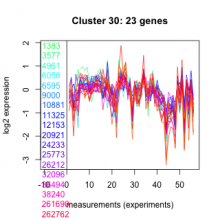 |
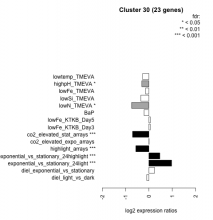 |
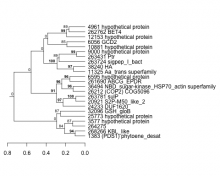 |
   |
| Normalized Mean Residue | Discovered Potential cis-Regulatory Motifs | |
|---|---|---|
|
Thaps_bicluster_0287 |
0.36 |
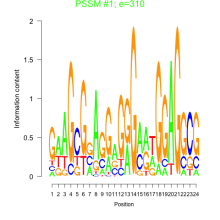 310 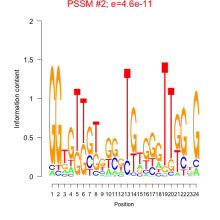 0.000000000046 |
| T. pseudonana | P. tricornutum | P. tricornutum DiatomCyc | F. cylindrus | Pseudo-nitzschia multiseries | E. huxleyi | C. reinhardtii | A. thaliana | P. sojae |
|---|---|---|---|---|---|---|---|---|
| Not available | PHATRDRAFT_47594 | PHATRDRAFT_47594 | 162195 | 149469 | 225250 | Not available | Not available | Not available |
| KEGG description | KEGG Pathway |
|---|---|
| Not available | Not available |

Add comment